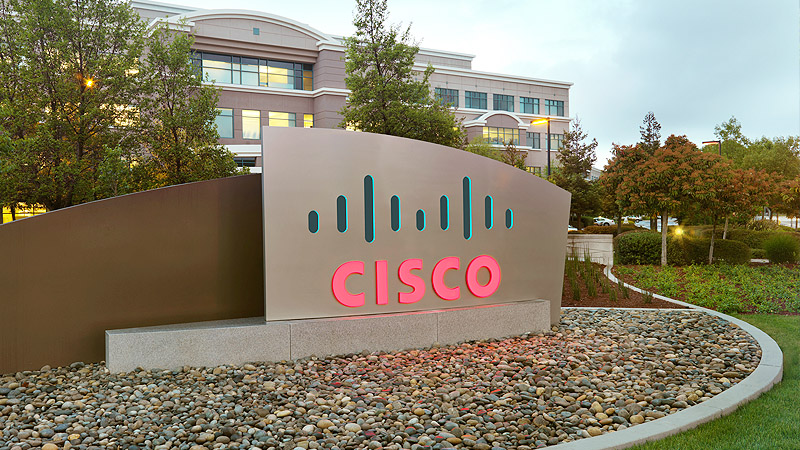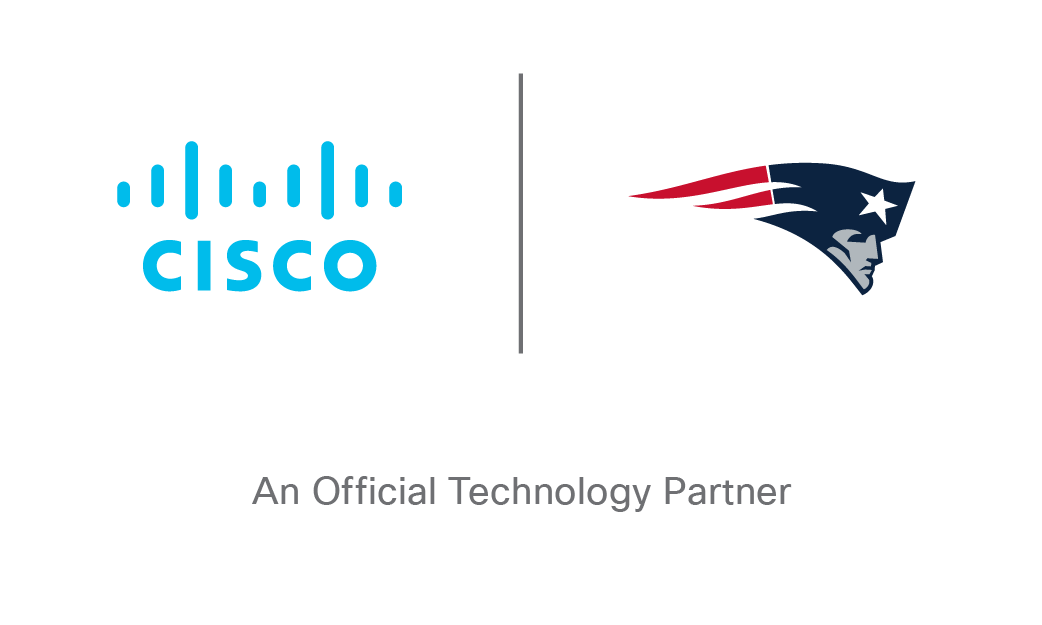SAN JOSE, Calif. and LONDON – Feb. 14, 2012 – According to the Cisco® Visual Networking Index (VNI) Global Mobile Data Traffic Forecast for 2011 to 2016, worldwide mobile data traffic will increase 18-fold over the next five years, reaching 10.8 exabytes per month -- or an annual run rate of 130 exabytes -- by 2016.
The expected sharp increase in mobile traffic is due, in part, to a projected surge in the number of mobile Internet - connected devices, which will exceed the number of people on earth (2016 world population estimate of 7.3 billion; source: United Nations). During 2011−2016 Cisco anticipates that global mobile data traffic will outgrow global fixed data traffic by three times.
The forecast predicts an annual run rate of 130 exabytes of mobile data traffic, equivalent to:
- 33 billion DVDs.
- 4.3 quadrillion MP3 files (music/audio).
- 813 quadrillion short message service (SMS) text messages.
An exabyte is a unit ofinformationorcomputer storageequal to 1quintillionbytes.
This mobile data traffic increase represents a compound annual growth rate (CAGR) of 78 percent spanning the forecast period. The incremental amount of traffic being added to the mobile Internet between 2015 and 2016 alone is approximately three times the estimated size of the entire mobile Internet in 2012. The following trends are driving these significant increases:
- More Streamed Content: With the consumer expectations increasingly requiring on-demand or streamed content versus simply downloaded content, mobile cloud traffic will increase, growing 28-fold from 2011 to 2016, a CAGR of 95 percent.
- More Mobile Connections: There will be more than 10 billion mobile Internet-connected devices in 2016, including machine-to-machine (M2M) modules -- exceeding the world's projected population at that time of 7.3 billion.(One M2M application is the use of wireless networks to update digital billboards. This allows advertisers to display different messages based on time of day or day-of-week and allows quick global changes for messages, such as pricing changes for gasoline).
- Enhanced Computing of Devices: Mobile devices are becoming more powerful and thus able to consume and generate more data traffic. Tablets are a prime example of this trend generating traffic levels that will grow 62-fold from 2011 to 2016 -- the highest growth rate of any device category tracked in the forecast. The amount of mobile data traffic generated by tablets in 2016 (1 exabyte per month) will be four times the total amount of monthly global mobile data traffic in 2010 (237 petabytes per month).
- Faster Mobile Speeds: Mobile network connection speed is a key enabler for mobile data traffic growth. More speed means more consumption, and Cisco projects mobile speeds (including 2G, 3G and 4G networks) to increase nine-fold from 2011 to 2016.
- More Mobile Video: Mobile users want the best experiences they can have and that generally means mobile video, which will comprise 71 percent of all mobile data traffic by 2016.
The Cisco study also projects that 71 percent of all smartphones and tablets (1.6 billion) could be capable of connecting to an Internet Protocol version 6 (IPv6) mobile network by 2016. From a broader perspective, 39 percent of all global mobile devices (more than 4 billion), could be IPv6-capable by 2016.
Impact of Mobile Devices/Connections
- The increasing number of wireless devices and nodes accessing mobile networks worldwide is the primary contributor to traffic growth. By 2016, there will be more than 8 billion handheld or personal mobile-ready devices and nearly 2 billion machine-to-machine connections, such as GPS systems in cars, asset tracking systems in shipping and manufacturing sectors and medical applications for making patient records more readily available.
- Smartphones, laptops and other portable devices will drive about 90 percent of global mobile data traffic by 2016.
- M2M traffic will represent 5 percent of 2016 global mobile data traffic while residential broadband mobile gateways will account for the remaining 5 percent of global mobile data traffic.
Impact of Traffic Offload from Mobile Networks to Fixed Networks
- To address the rise in demand for the mobile Internet, service providers are increasingly looking to offload traffic to fixed/Wi-Fi networks.
- In 2011, 11 percent, or 72 petabytes, per month of total mobile data traffic was offloaded. By 2016, 22 percent, or 3.1 exabytes, per month of total mobile data traffic will be offloaded.
- Without offloading, the 2011-2016 global mobile data traffic CAGR would be 84 percent instead of 78 percent.
- Should all aspects of mobility be taken into consideration, such as cellular traffic, traffic offloaded from cellular networks and fixed/Wi-Fi traffic generated from portable devices, the total amount of mobility traffic would be more than four times the Cisco Mobile VNI forecast's 2016 cellular traffic level.
o In 2011, the sum of cellular traffic; cellular offload traffic; and fixed/Wi-Fi traffic from portable devices totaled 11.5 exabytes per month:
- Cellular is 5.2 percent or 597 petabytes per month
- Cellular Offload is 0.6 percent or 72 petabytes per month
- Fixed/Wi-Fi is 94.2 percent or 10.9 exabytes per month
o In 2011, fixed/Wi-Fi traffic was more than 18 times greater than cellular traffic.
o In 2015, the sum of cellular traffic; cellular offload traffic; and fixed/Wi-Fi traffic from portable devices totaled 44.1 exabytes per month:
- Cellular is 16 percent or 6.9 exabytes per month
- Cellular offload is four percent or 2.0 exabytes per month
- Fixed/Wi-Fi is 80 percent or 35.2 exabytes per month
o In 2015, Fixed/Wi-Fi traffic will be more than five times greater than cellular traffic.
Key Regional Growth Projections
According to the updated forecast by Cisco, the following regions are experiencing the greatest growth.
- Middle East and Africa will have the highest regional mobile data traffic growth rate with a CAGR of 104 percent, or 36-fold growth.
- Asia-Pacific will have an 84 percent CAGR, or 21-fold growth.
- Central and Eastern Europe will have an 83 percent CAGR, or 21-fold growth.
- Latin America will have a 79 percent CAGR, or 18-fold growth.
- North America will have a 75 percent CAGR, or 17-fold growth.
- Western Europe will have a 68 percent CAGR, or 14-fold growth.
Impact of Faster Global Mobile Network Connection Speeds
The average mobile connection speed doubled last year and is expected to increase nine-fold by 2016. Mobile connection speeds are a key factor in supporting and accommodating mobile data traffic growth.
| (Kbps) |
2011 |
2012 |
2013 |
2014 |
2015 |
2016 |
CAGR |
| Average Mobile Connection Speed |
315 |
504 |
792 |
1,236 |
1,908 |
2,873 |
56 percent |
| Average Smartphone Connection Speed |
1,344 |
1,829 |
2,425 |
3,166 |
4,102 |
5,244 |
31 percent |
Source: Results from Cisco Global Internet Speed Test (GIST), part of the Cisco VNI program, and other independent speed test findings. The Cisco GIST application has more than 900,000 global users. These projections include cellular connection speeds only and are based on extrapolations from historical mobile network connection speed data.
Cisco Mobile VNI Forecast Methodology
The Cisco mobile VNI study relies upon independent analyst forecasts and real-world mobile data usage studies. Upon this foundation are layered Cisco's own estimates for mobile application adoption, minutes of use and transmission speeds. Key enablers such as mobile broadband speed and device computing power are also factored into Cisco VNI projections and findings. A detailed methodology description is included in the complete report (see link below).
The results of the current forecast represent increased amounts of traffic for the years 2011 to 2015, reflecting faster-than-expected growth from the previous Cisco VNI mobile forecast released in February 2011. In last year's study, 2011 mobile Internet traffic was forecast to grow at 131 percent. This year, actual mobile Internet growth 2011 was estimated to be 133 percent.
Supporting Quotes
- Suraj Shetty, vice president of product and solutions marketing, Cisco
"By 2016, 60 percent of mobile users -- 3 billion people worldwide -- will belong to the ‘Gigabyte Club,' each generating more than one gigabyte of mobile data traffic per month. By contrast, in 2011, only one-half percent of mobile users qualified. This impressive growth in mobile traffic will be driven by more powerful devices, notably smartphones and tablets, using faster networks, such as 4G and Wi-Fi, to access more applications, particularly data-intensive video."
- Ray Mota, managing partner, ACG Research
"The Cisco Visual Networking Index has become the respected de facto standard in the industry as a validation for traffic growth. You know there is value in it when you see most of your competitors using it as part of their presentations. It is great to see Cisco putting particular focus on the mobile aspect, since it is such an increasingly important part of network traffic."
- Peter Jarich, service director, Current Analysis
"The Cisco VNI provides great insights and directions about the future of the market. Beyond the basic idea that IP traffic will be growing, operators are worried about which types of traffic will be growing. This concern makes the granularity and segmentation of the Cisco VNI critical. The Cisco VNI Global Mobile Forecast is vital because it gives us a more detailed look at what's happening with mobile traffic, which is growing so quickly."
- John Byrne, research director, IDC
"The Cisco Visual Networking Index provides an invaluable reference source as we model increased network usage and converts that usage into revenue projections. The ability of the Cisco VNI to provide growth projections across multiple sources such as mobile video and online gaming is particularly useful.'
Embedded YouTube Animation
- A Mobile Love Story in Paris: How Multiple Devices will Drive Data Traffic in 2016
http://www.youtube.com/watch?v=R0LX1RzhwO8
Supporting Resources
- Cisco Visual Networking Index home page
- Read the complete Cisco Visual Networking Index Mobile Data Traffic Forecast and Methodology, 2011-2016 white paper
- Cisco Visual Networking Index Mobile Data Traffic Forecast, 2011-2016 FAQs
- Learn more about free Cisco Global Internet Speed Test (GIST) application
- See latest Cisco GIST test results worldwide
- For more information about Cisco's service provider news and activities visit the SP360 Blog or follow us on Twitter @CiscoSPMobility or hashtag #VNI or SP360 SlideShare
- Join the Cisco VNI Global Data Traffic Forecast, 2011-2016 TweetChat on Friday, Feb. 24, 2012 at 9 a.m. (PST) by following #CiscoSPChat to talk live with the Cisco VNI team about the latest global mobile data traffic forecast.
- Join Cisco VNI Global Data Traffic Forecast, 2011-2016 webcast on Tuesday, March 13, 2012 at 10 a.m. (PST) at: http://www.brighttalk.com/webcast/6165/42163. The Cisco VNI team will be present for a live Q&A session.
- Subscribe to Cisco's SP360 feed.
Editor's Note
Cisco welcomes press, analysts, bloggers, service providers, regulators and other interested parties to use and reference our research with proper attribution, such as "Source: Cisco Visual Networking Index Global Mobile Data Traffic Forecast Update, 2011-2016."
Tags/Keywords
Cisco, Service Providers, Visual Networking Index, VNI, Mobile Internet, Mobile Data, Mobile Video, Mobile VNI, Mobile Traffic, Mobility, Suraj Shetty
RSS Feed for Cisco: http://newsroom.cisco.com/rss-feeds
About Cisco
Cisco (NASDAQ: CSCO) is the worldwide leader in networking that transforms how people connect, communicate and collaborate. Information about Cisco can be found at http://www.cisco.com. For ongoing news, please go to http://newsroom.cisco.com.
# # #
Cisco and the Cisco logo are trademarks or registered trademarks of Cisco and/or its affiliates in the U.S. and other countries. A listing of Cisco's trademarks can be found at www.cisco.com/go/trademarks. Third-party trademarks mentioned are the property of their respective owners. The use of the word partner does not imply a partnership relationship between Cisco and any other company.







